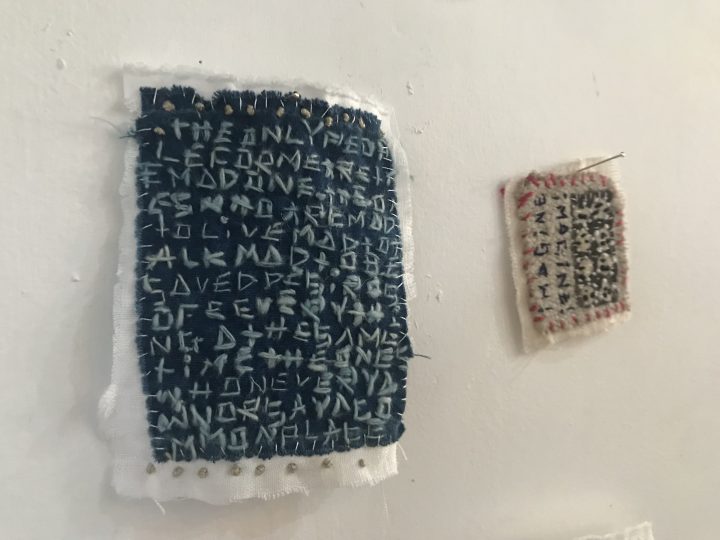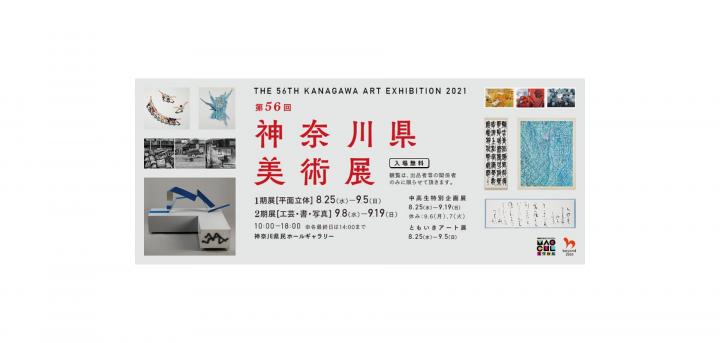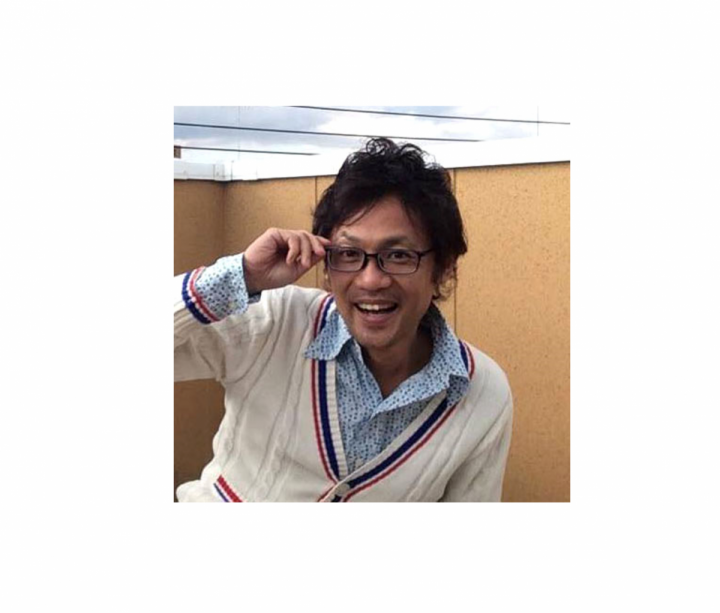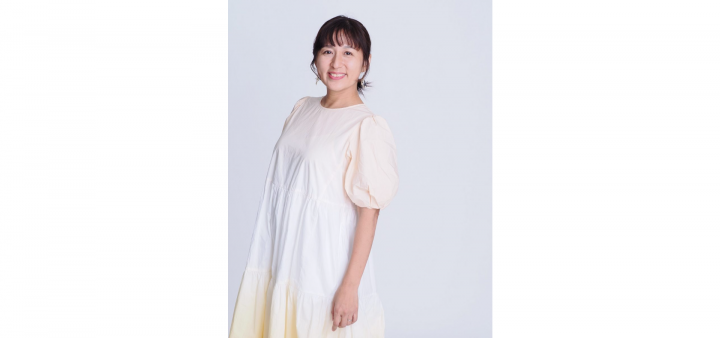What is reflected is the person's heart and history
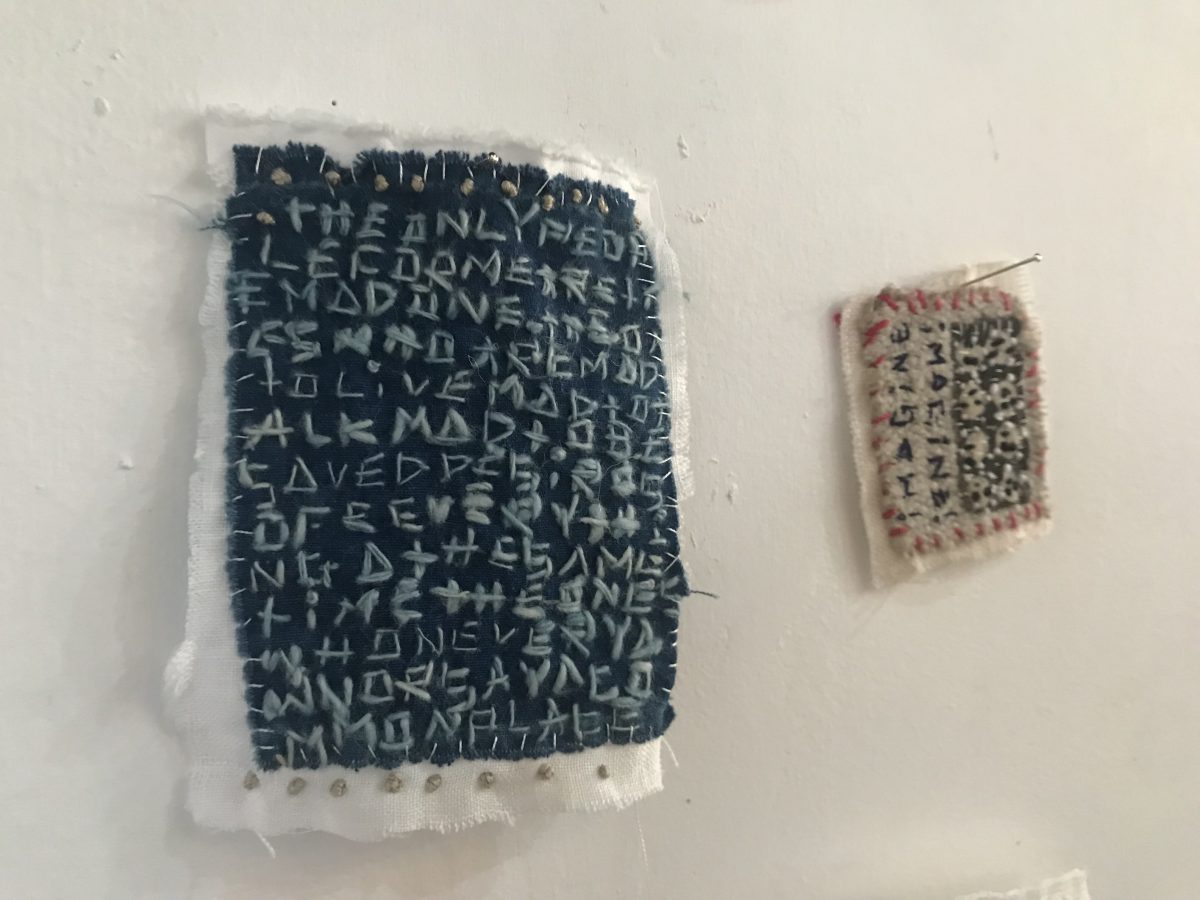
Kanagawa Gallery Walk
File.11 UMI Yuigahama Beach
Yamamoto Shino (Gallery Watts)
This time, we'd like to take you to a gallery that I've been wanting to visit for years.
This is a gallery in Kamakura called "Gallery Shozan." Gallery Shozan has two locations: YAMA and UMI, but this time we're heading to "UMI Shozan Yuigahama." As the name suggests, once you get off at Kamakura Station, head towards the sea. It's a bit of a walk, but on a nice day the streetscape is pleasant!
 However, it was raining on the day I visited, so I ended up taking a taxi.
However, it was raining on the day I visited, so I ended up taking a taxi.It's located just off a small side street, so a local taxi driver was surprised to see a gallery in such a place, but it turns out it's a corner of the studio of Western-style painter Asai Kan'emon (1901-1983). It was apparently a room for the caretaker.

The lush green courtyard looked great in the drizzling rain. The building visible beyond the courtyard is Asai Kan'emon's studio. The interior of the house, including the art supplies he collected, has been left as it was back then, and is occasionally open to the public.
Asai Kan'emon's works are also housed in the Kanagawa Prefectural Museum of Modern Art. Many people will have seen his thickly painted oil paintings of roses and circus-like scenes.
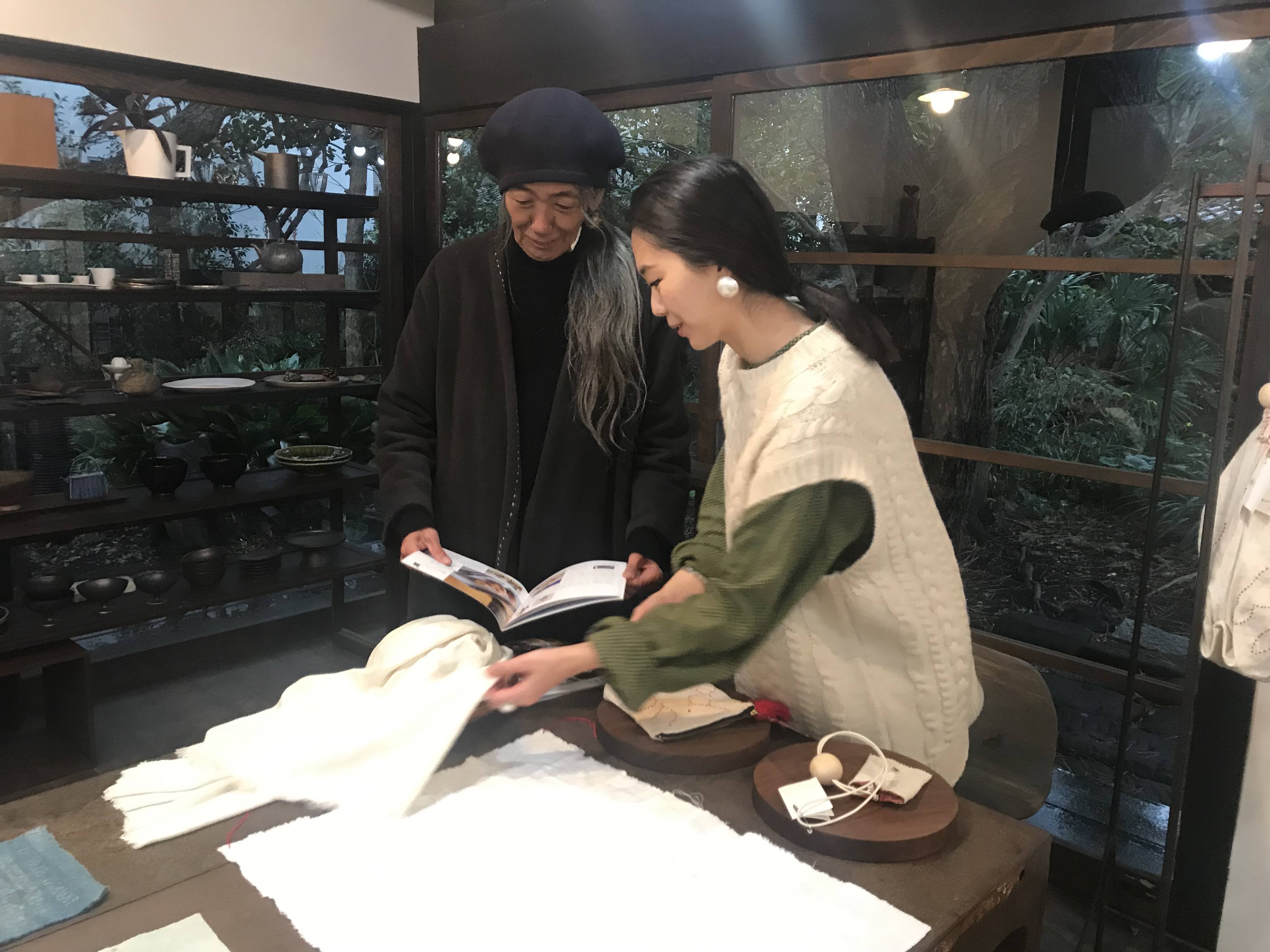
* Embroidery artist Hitomi Usutani (right), whose work is on display, and we had endless conversations about handicrafts.
"At Gallery Shozan, we showcase old tools related to food, clothing, and shelter, as well as works by contemporary artists," says owner Yasuyo Watanabe (pictured left), a lovely person with a unique aura. Having studied design at an art university, she is interested in the background of how things are created.
He loves fabrics and seems particularly fascinated by fabrics from Central Asia, such as Uzbekistan and Turkmenistan, and his collection is impressive.
"The fabrics reflect the texture of the materials and the patterns and embroidery techniques unique to each region, and I find this profound and fascinating."
Perhaps that's why there seem to be many exhibitions of textile artists here. When I visited, Hitomi Usuya's "Poetry and Embroidery Exhibition" was being held.

The main motif of Usuya Hitomi's embroidery is letters.
"When I saw the Hebrew Bible, I just saw beautiful patterns and I wanted to sew them!"
Hitomi has always loved reading and writes her own lyrics. She says she feels even more excited when embroidering lyrics by Patti Smith, the Queen of Punk and poet, or Jack Kerouac, a representative novelist of the Beat Generation.
"When I'm feeling down, I read poetry and it's as if the words are there to comfort me, and it helps me. So perhaps by writing my words one stitch at a time, I'm expressing something that's somewhere deep inside my heart."
Rather than being neat letters, Hitomi has created a sense of rhythm and a pleasant impression by linking them together like symbols or in a slightly random manner.
 The white embroidery is also attractive. In particular, a piece of silk thread embroidered on linen with large tree roots looks almost as if it were stitched together with beads, adding to its beauty.
The white embroidery is also attractive. In particular, a piece of silk thread embroidered on linen with large tree roots looks almost as if it were stitched together with beads, adding to its beauty.
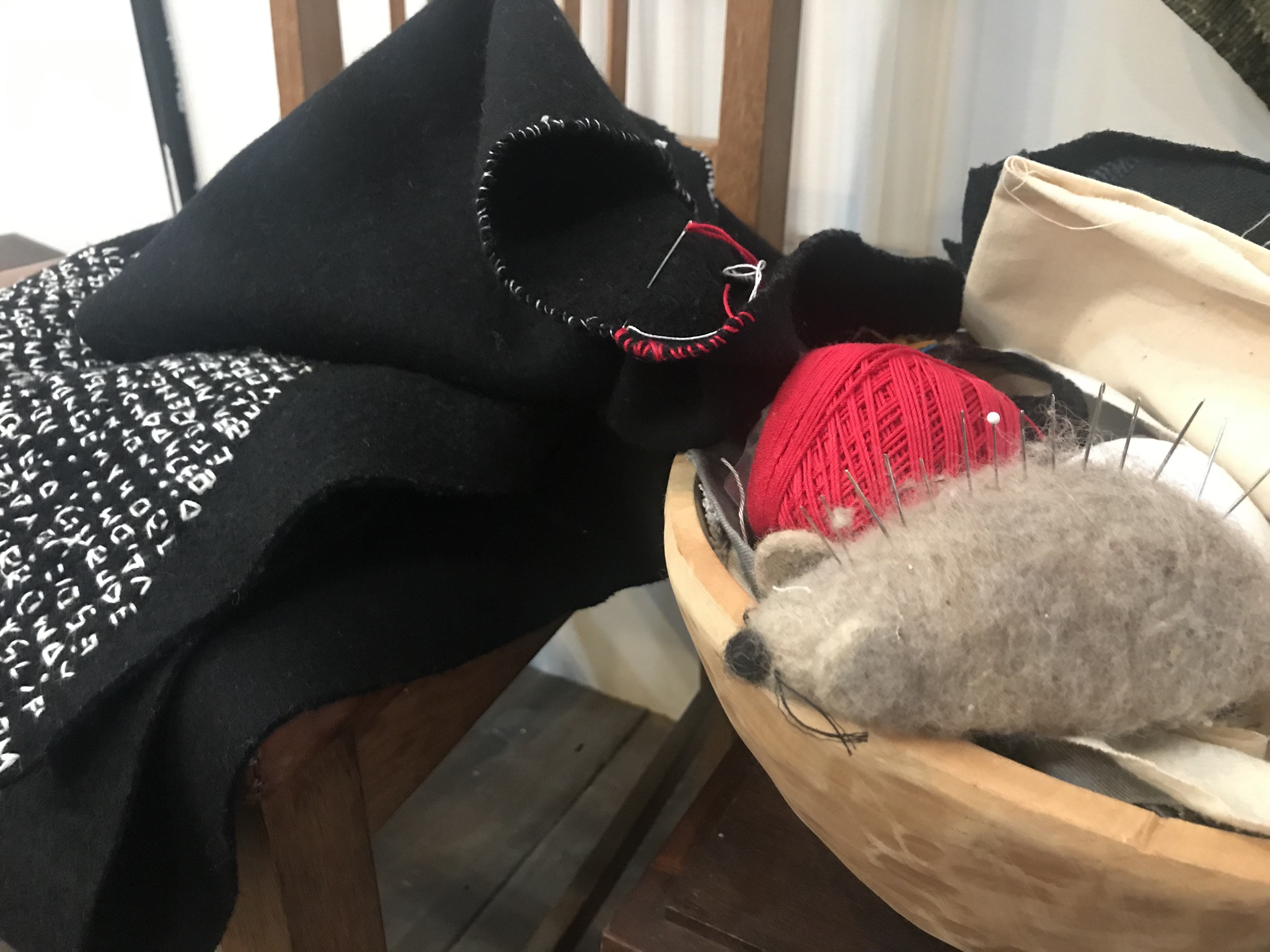
On the chair is a piece still in progress. Next to it is a pincushion mouse made from felt. "This mouse has been my companion forever."
"What is right for me? What is living life to my fullest?"
Hitomi tried her hand at various crafts such as glass crafts, weaving and dyeing, but she never stuck with any of them for long. However, embroidery, which she had been doing since elementary school, was the one she continued with the longest, and she realized, "Ah, this is it for me."

Each of the small pieces of art stitched onto the scraps had a strong presence.
In fact, Hitomi has been coming to Gallery Shozan since she was in junior high school, accompanied by her mother, who is a dyer.
Watanabe apparently told Hitomi, "Just make what you want to make."
"It might sell better if you give it a physical form, but don't overthink it, just keep stitching as you please. That's how you can bring out the individuality of the person."

We added Hitomi's embroidery, which looked like the Snow Queen, to this year's Christmas display.
EVAM EVA
The embroidered Sanskrit words are said to be words that mean "as it is."
Coincidentally, that's my theme for next year.
(Interviewed December 2019)
Gallery Information
UMI Yuigahama Beach
4-3-14 Yuigahama, Kamakura City
TEL: 0467-55-5999
Opening hours: 11:00-17:00 Closed on Mondays and Tuesdays (irregular holidays)
https://www.shouzan.org/
"access"
▶︎Approx. 15 minutes walk from JR Kamakura Station
